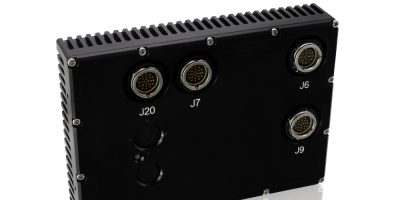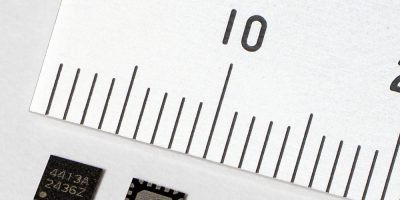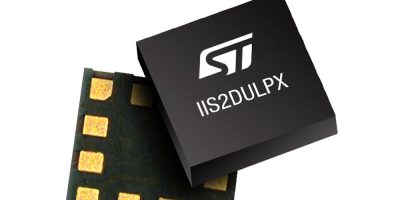ST has revealed an inertial measurement unit that combines sensors tuned for activity tracking and high-g impact measurement in a single, space-saving package. Devices equipped with this module can allow applications to fully reconstruct any event with high accuracy and so provide more features and superior user experiences. Now that it’s here, markets can expect powerful new capabilities to emerge in mobiles, wearables, and consumer medical products, as well as equipment for smart homes, smart industry, and smart driving.
Sector News
Kontron launches µDARC ruggedised Microserver for defence networked operations
Kontron has announced the immediate availability of the µDARC ultra-rugged, compact and resilient portable Microserver dedicated to mission-critical mobile applications in demanding defence environments.
AKM launches new series of power management ICs for energy harvesting
Asahi Kasei Microdevices (AKM) has developed the AP4413, a new series of ultra-low current power management ICs (PMICs) ideal for battery charging systems used in energy harvesting applications. The AP4413 series enables efficient battery charging while consuming an extremely low current of 52 nA and features four variants with voltage threshold characteristics matching several common rechargeable battery types. The AP4413 comes in a tiny 3.0 × 3.0 × 0.37 mm HXQFN package and has been in mass production since February of 2025.
ST reveals industrial-grade accelerometer with edge AI and ultra-low power
ST’ IIS2DULPX industrial MEMS accelerometer combines machine learning, power saving, and capability to operate at high-temperature, facilitating intensive sensorisation for smarter, data-driven operations and decision making in asset tracking, robotics, and factory automation, as well as industrial-safety equipment and healthcare devices.
About Weartech
This news story is brought to you by weartechdesign.com, the specialist site dedicated to delivering information about what’s new in the wearable electronics industry, with daily news updates, new products and industry news. To stay up-to-date, register to receive our weekly newsletters and keep yourself informed on the latest technology news and new products from around the globe. Simply click this link to register here: weartechdesign.com







